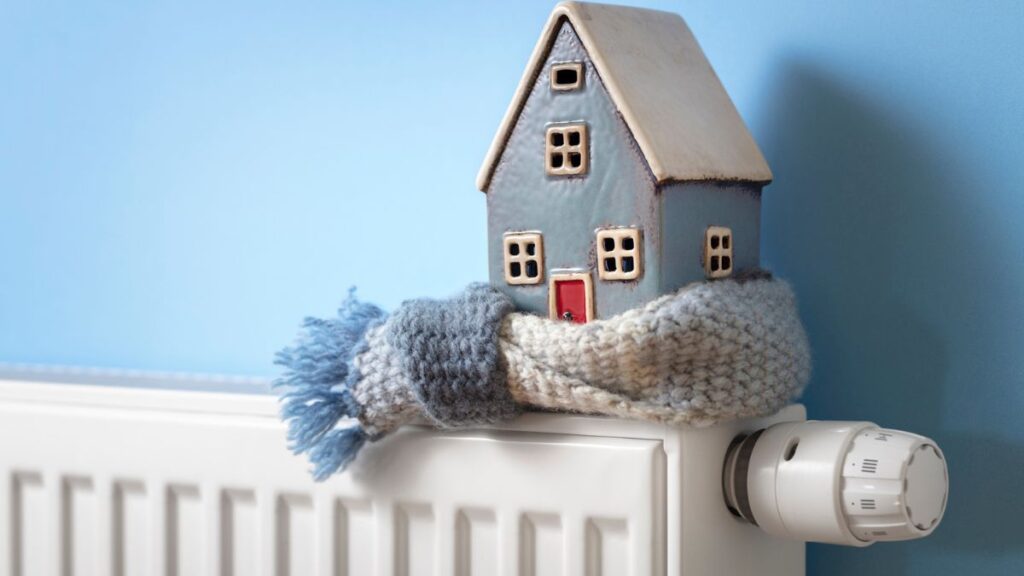Improving your home’s insulation with eco-friendly methods can drastically decrease your carbon footprint and monthly expenses. Embracing sustainable solutions ensures you minimize energy loss, optimize comfort, and help protect natural resources for generations to come. If you’re ready to make a change, professional insulation services can recommend and install the best eco-friendly options for your property.
Sustainable insulation choices promote healthier indoor air quality, reduce greenhouse gas emissions, and improve the energy efficiency of your home. Even small upgrades can have lasting positive effects, from regulating temperature to minimizing wasted energy through leaks and drafts.
In addition to insulating your walls and floors, paying attention to your attic can be exceptionally impactful. If you want the highest return for comfort and efficiency, consider the benefits of comprehensive attic insulation solutions, which target one of the most crucial areas for heat loss.
Strategic investments in insulation are supported by growing incentive programs and advances in renewable energy, making the process more accessible and cost-effective than ever before.
Selecting environmentally friendly insulation materials is crucial for reducing your home’s overall ecological impact. Opt for materials made from renewable, recycled, or biodegradable resources.
- Sheep’s Wool: Renowned for its natural thermal performance and moisture control, sheep’s wool is fully biodegradable and helps maintain optimal indoor humidity levels all year. It provides a breathable barrier that supports both warmth in winter and coolness in summer, making it an attractive option for eco-conscious homeowners.
- Recycled Denim: Transforming old denim jeans into high-performance insulation prevents post-consumer waste from ending up in landfills. In addition to being an efficient temperature and sound barrier, recycled denim is safe to handle and free from harsh chemicals, contributing to a healthier home environment.
Other natural materials, such as cellulose insulation made from recycled paper, are also gaining popularity due to their high thermal value and ability to resist pests and mold. Each of these materials plays a crucial role in supporting a more sustainable building industry.
2. Seal Gaps and Cracks
Air leaks undermine even the best insulation upgrades, allowing heated or cooled air to escape easily. To maintain indoor comfort and maximize the efficiency of your insulation, inspect your home for any gaps or cracks in walls, windows, doors, and around pipes or electrical outlets. Adding or improving attic insulation can further reduce energy loss, keeping your home warmer in the winter and cooler in the summer. Use caulk or weatherstripping to seal these vulnerable spots for optimal results.
Regular maintenance of insulation and sealing can also extend the life of your heating and cooling systems. Over time, these small improvements add up to significant savings on your energy bills.
3. Upgrade Windows and Doors
Windows and doors are major contributors to heat loss, especially in older homes. Upgrading to energy-efficient windows, such as double or triple-glazed units, can significantly decrease heat transfer. According to the U.S. Department of Energy, knowing whether to update or replace your windows can help homeowners make informed choices that maximize energy savings. Modern windows feature advanced coatings and gas fills that further enhance insulation and reduce drafts. Installing weather-resistant doors or reinforcing them with proper insulation strips is also vital for sealing your home’s envelope. To complement these improvements, consider adding thermal curtains or insulating blinds for added protection against temperature extremes.
4. Utilize Natural Light
Bringing natural light into your home not only reduces your reliance on artificial lighting, lowering energy use, but also makes your living spaces feel brighter and more pleasant. Roof windows, skylights, and solar tubes can channel sunlight deep into your home’s interior. When paired with high-performance glazing, these features provide natural illumination without sacrificing insulation gains. By optimizing daylight, you create a more sustainable and healthier indoor environment.
5. Implement Smart Thermostat Practices
Efficient thermostat habits can significantly reduce your household’s heating and cooling needs. Consider lowering your thermostat by a few degrees and using a programmable device to automatically adjust the temperature based on your daily schedule. Turning the thermostat back 10° to 15° for 8 hours can save 5% to 15% a year on your heating bill. Smart thermostats learn your family’s habits and optimize energy consumption, leading to substantial cost savings over time.
6. Consider Renewable Energy Sources
Harnessing renewable energy sources for heating, cooling, or electricity production can dramatically reduce your dependence on fossil fuels. Solar panels are a popular choice for generating clean energy, and many modern systems come with battery storage for use during cloudy days. Air-source and ground-source heat pumps are other sustainable options for temperature control, as they efficiently transfer existing heat instead of generating it. These systems, when combined with adequate insulation, contribute to a greener, more resilient home.
7. Stay Informed About Incentives
Homeowners can take advantage of numerous financial incentives to make eco-friendly insulation upgrades more affordable. Government programs, such as those introduced in the Inflation Reduction Act, offer tax credits and rebates for qualified improvements like insulation, high-performance windows, and heat pumps. According to Consumer Reports, simple steps like sealing air leaks, adding insulation in key areas, and upgrading to energy-efficient windows can significantly reduce home heating costs this winter, making these incentives even more valuable. Regularly check with local and federal agencies to learn about new opportunities to help fund your upgrades, as these can significantly offset initial costs.
Embracing eco-friendly insulation techniques not only enhances energy savings and environmental responsibility but also improves overall household comfort. Through smart planning and the use of modern materials, you’ll not only enjoy a more efficient home but also contribute positively to a sustainable future.






